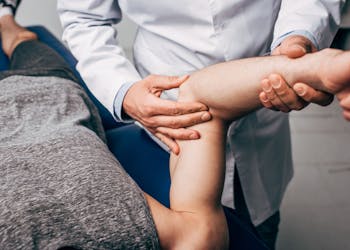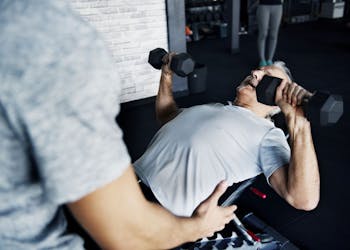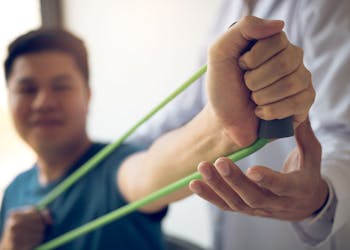Tired of Being Treated Like a Number?
Need A Certified Hand Therapist After Surgery?
Looking For An Expert That Provides Custom Bracing?
Not Sure Which Treatment is Best?
Missing Out on Fun with Family & Friends?

Here’s Why You Should Consider Care At Pittsburgh Shoulder To Hand Center :
Paul Brach, PT, CHT - Specializing in Shoulder, Elbow, Wrist and Hand Conditions.
He is a Certified Hand Therapist.
He Has Over 30 Years Of Experience Treating Patients
At every visit you will receive One-On-One Care with Only Paul.
Provides regular Communication with Your Physician
Can be seen without a Physician's Referral for the first 30 days.

of Experience





Why You Should
Consider Us:
| Pittsburgh Shoulder To Hand Center | |
|---|---|
| Pittsburgh Shoulder To Hand Center | |

Pittsburgh Shoulder To Hand Center
|
|
| Immediate Appointments Available | Yes |
| One-on-One Treatment, Every Visit | Yes |
| Work With Your Therapist Every Visit | Yes |
| No Assistants or Aides | Yes |
| Extended Hours By Appointment Only | Yes |
| 30 Years of Orthopedic Rehab Experience | Yes |
| Certified Hand Therapist | Yes |
| Specializing In Shoulder, Elbow, Wrist, & Hand Only | Yes |
| Expert In Post-Surgical Rehabilitation | Yes |
| Custom Splinting & Bracing | Yes |
| Pittsburgh Shoulder to Hand Center | |
| Immediate Appointments Available: | Yes |
| One-on-One Treatment, Every Visit: | Yes |
| Work With Your Therapist Every Visit: | Yes |
| No Assistants or Aides: | Yes |
| Extended Hours By Appointment Only: | Yes |
| 30 Years of Orthopedic Rehab Experience: | Yes |
| Certified Hand Therapist: | Yes |
| Specializing In Shoulder, Elbow, Wrist, & Hand Only: | Yes |
| Expert In Post-Surgical Rehabilitation: | Yes |
| Custom Splinting & Bracing: | Yes |
Click on a step to learn more.
Reducing pain, swelling, and inflammation are common goals in this phase of recovery. Injury protection, elevation, appropriate medications, compression, and patient education are important.

Pain-free passive, manual therapy, active range of motion, and cardiorespiratory exercises, are indicated here. Education about pain and a positive attitude may help.

Progressive loading of healing soft tissues, the reintroduction of low-stress neuromuscular reeducation, balance training, and basic functional activities are part of this rehabilitation phase.

Progressing strengthening exercises, improving flexibility, and advanced balance exercises are part of phase 4. Resuming functional movement (e.g. sports movements) occurs in this phase.

Functional movements are progressed, a controlled re-introduction to sports or challenging environments is initiated. Continued strengthening, flexibility, balance, endurance, and goal-specific training occurs during this phase. Education and future injury prevention are discussed.
